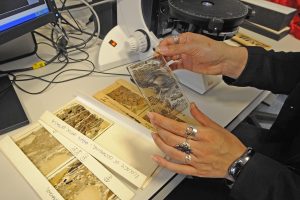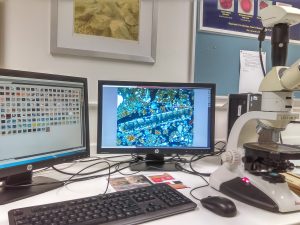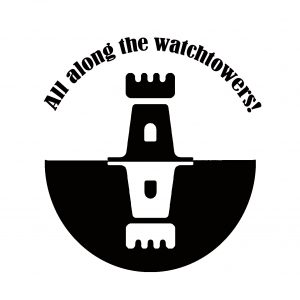Soil micromorphology is a technique that provides information on how the materials and sediment were transported, and chemically or physically altered post-deposition as a result of decay processes and mesofaunal activity. This information is crucial for understanding the use of areas within castles and the burial environment. Intact blocks of sediment from the buried archaeology are taken back to the laboratory, impregnated with resin to form solid blocks, then fixed to glass slides (10.5 x 7.5 cm) to make ‘thin-sections’, which are 30ųm in thickness. The slides are analysed using a geological polarising microscope. This technique enables the sediments and materials within them to be examined in their depositional context as they were prior to excavation.
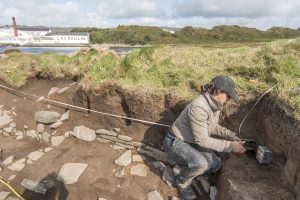
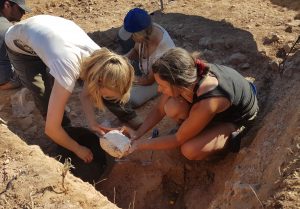
The slides, or ‘thin-sections’, from most of our castle sites are prepared in the Microanalysis Preparation Unit (MPU), School of Archaeology, Geography, and Environmental Science, University of Reading. Firstly, the samples are oven-dried to remove all moisture and then impregnated with epoxy resin while under vacuum. Then the impregnated samples are placed in an oven to dry for 18 hours at 70 ˚C, where they become solid blocks. Using a range of geological cutting equipment, these blocks are then cut into slabs that are 1cm in thickness. The slabs are then mounted to onto a glass slide, which are then cut, ground and polished to the standard geological thickness of 30 µm.
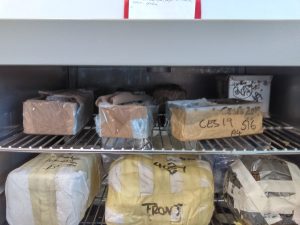
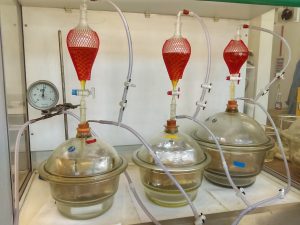
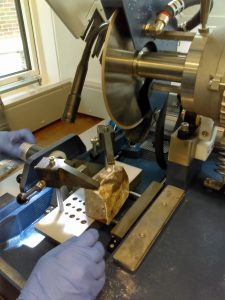
I analyse archaeological ‘thin-sections’ using a Leica DMLP polarising microscope at magnifications of 40x – 630x under Plane Polarised Light (PPL), Crossed Polarised Light (XPL), and where appropriate with Oblique Incident Light (OIL), also known as reflected light, and the waveplate, which can be useful for calcareous sediments.
